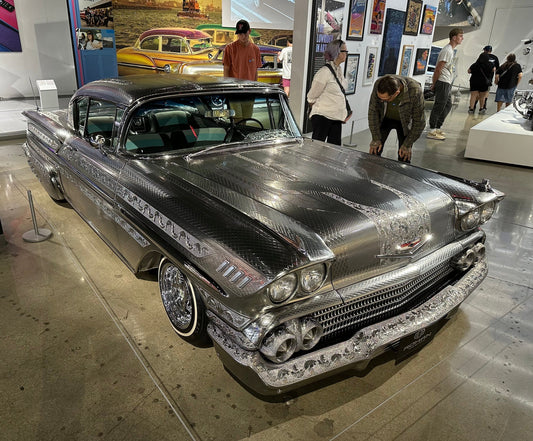As long as we're thinking about things hard to imagine let's jump into a brief description of square waves.
A square wave is just what it sounds like. A wave that starts and stops quite abruptly.

When we design equipment, this is one of the test waveforms we insert to see how it performs. Like a sine wave, where we want its shape perfectly preserved, square waves are important too as we don't want them doing anything they shouldn't, like overshoot or undershoot—basically changing their shape.
But, did you know these simple square waves are actually made up entirely by our friend the sine wave? Hard to imagine, right? There doesn't look to be anything curvy or gentle about this abrupt cousin of our classic sine wave, but in fact that's all there is to a square wave.
Here's an image I grabbed of how this works.

If we want to build a 1kHz square wave, we start with a 1kHz sine wave and then, layer by layer, we add in multiple sine waves of different frequencies and amplitudes, specifically its odd harmonics (3rd, 5th, 7th, etc.), each with decreasing amplitude. This process, known as Fourier synthesis, creates the sharp transitions characteristic of a square wave.
What's cool about a square wave is you can run it through a filter to remove those higher frequencies and wind up with the original sine wave you started with.
Lastly, reproducing square waves correctly is critical to a circuit's success. If we inject a square wave into a circuit and it comes out with what we call overshoot, the sound becomes strident and bright. Undershoot soften transients. Here's a photo of overshoot and you can imagine the opposite.

Hope this helps your understanding.










